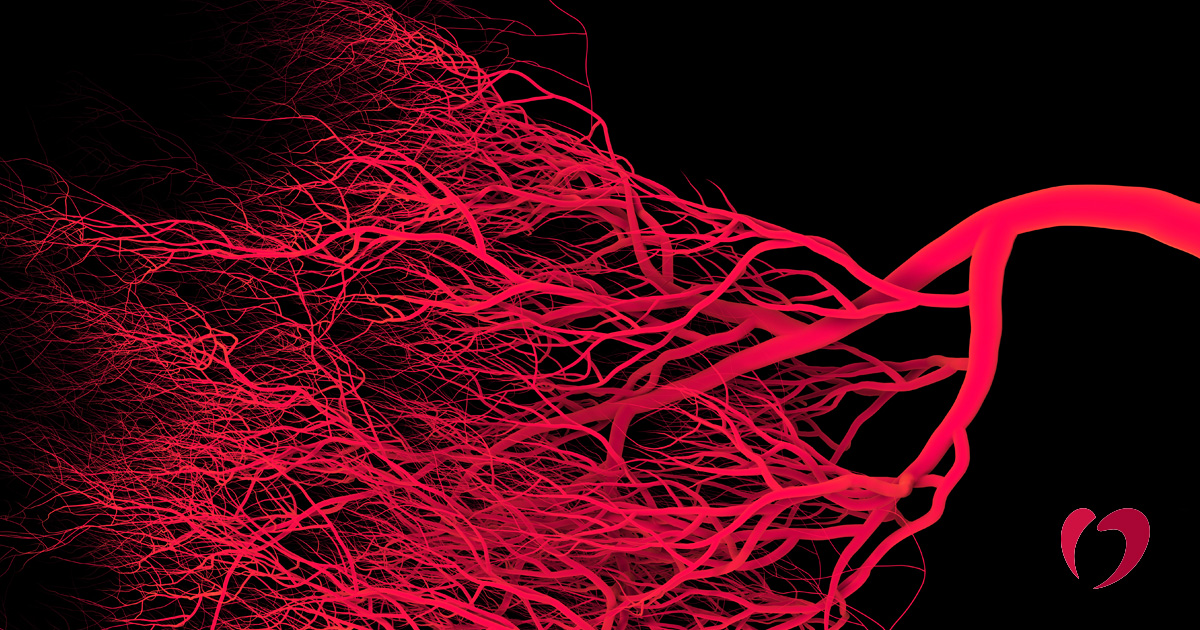An overview of vein disease

Veins are an important part of the circulatory system as they help carry blood from the body back to the heart. Veins have valves that open and close to prevent the backflow of blood into the legs. When the valves in the veins stop working correctly, the blood backflows and begins to collect in your legs.
The early symptoms of vein disease may seem minor and patients may dismiss them as a cosmetic issue rather than a medical issue. However, vein disease is a progressive condition, which means early evaluation by a vein specialist is critical. Venous disease is a treatable condition. If left untreated, venous disease can progress and result in serious and even life-threatening complications.
Symptoms of vein disease
Symptoms of vein disease can include spider veins, varicose veins, leg swelling, pain, restlessness, achiness, heaviness, itchiness, skin changes, skin ulcers, blood clots, and bleeding.
Symptoms of swelling, pain, fatigue, and heaviness worsen with standing or sitting for long periods of time. Symptoms may improve with elevation and use of compression hose.
Spider veins are blue or purple veins that are visible just beneath the surface of the skin. While many people consider them a cosmetic issue, they are a sign of vein disease and should be evaluated by a physician. Varicose veins are visible bulging veins that may protrude through the skin. They’re caused by blood pooling in the vein and can also cause pain or discomfort.
Skin changes may include brown discoloration of the skin, which occurs when blood leaks from the small capillaries into the surrounding tissue and stains the skin. Irritation of the skin produces itchiness and skin breakdown and can result in ulcerations that are difficult to heal.
Vein disease can also result in development of blood clots in the superficial and deep veins due to stagnant blood pooling in the veins. Symptoms of blood clots include swelling, pain, palpable knots, tender knots, redness, and heat. Vein disease can also result in spontaneous varix rupture, which represents rupture and bleeding from superficial veins. Bleeding from varix rupture is typically significant and can be life threatening.
Treatment of vein disease
Treatment of vein disease begins with conservative measures including weight loss, exercise, elevation of the legs above the level of the heart, and use of compression garments. Most insurance companies require at least three months of conservative therapy before approving procedures to treat varicose veins or venous disease.
To understand treatment of vein disease, think of the veins in your body like a tree. The main superficial veins represent the trunk, medium-sized veins represent the branches, and smaller veins (spider veins) act as the leaves.
When treating vein problems, there are different procedures to treat each section of that tree. An ablation procedure uses heat energy to close off the main superficial veins, or the trunk of the tree. A phlebectomy involves removal of the medium-sized veins, or the branches of the tree, through small incisions in the skin. Sclerotherapy involves injection of medication into the smallest veins, or the leaves of the tree. These treatments are office-based procedures that have largely replaced surgical treatments of venous disease with shorter recovery time and reduced risk for complications.
If you have spider veins, varicose veins, or any of the above-mentioned signs or symptoms of venous disease, please contact the Oklahoma Heart Hospital to schedule an appointment with a vein specialist today.
